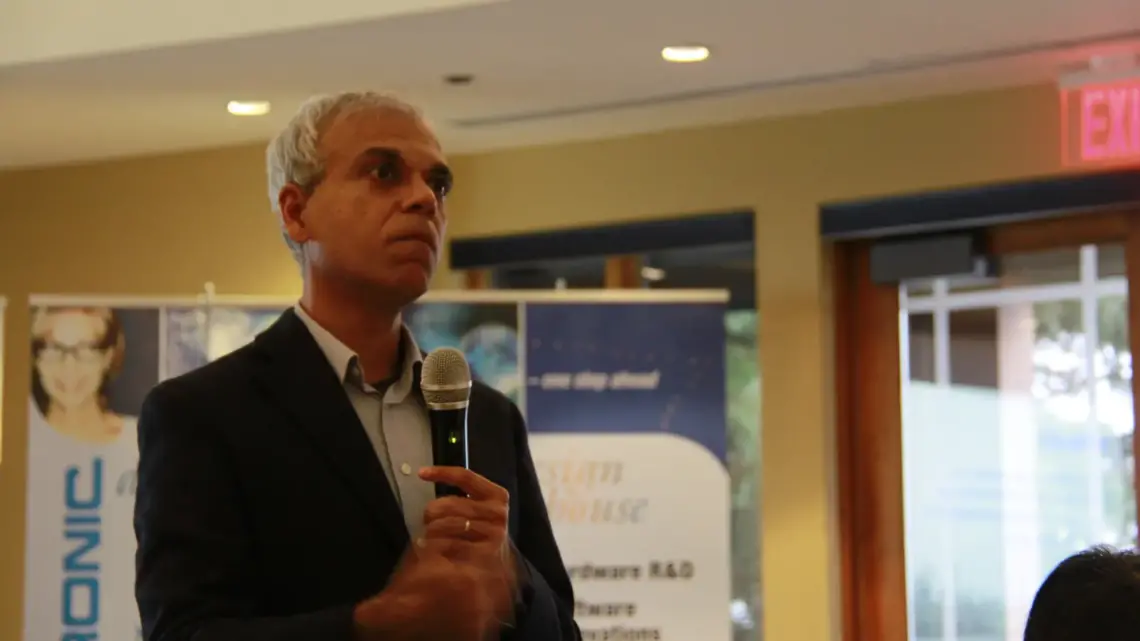
The excitement around autonomous vehicles in Ottawa has accelerated in recent months, highlighted by October’s landmark on-road demo and other major technical milestones achieved by local businesses.
Underpinning many of these achievements is the cooperation between government players and the private sector, as well as the many tech companies working in the sector.
“The key to making progress is continuing to work together,” Kanata-Carleton MP Karen McCrimmon said last month. “In Kanata there’s a saying: Change doesn’t scare us, it excites us.”
That co-operation may be necessary in a very literal sense, says Nikhil Adnani, the chief technology officer at ThinkRF, a company that makes software-enabled radio frequency analyzers.
In a recent talk to a group of local tech leaders at an Institute of Electrical and Electronics Engineers (IEEE) Ottawa seminar this month, Adnani spoke about how autonomous cars will need to find new ways to compete for finite airwaves over which to relay the large amounts of data required to make them work.
Indeed, a 2016 Intel estimate suggested that autonomous cars will each create and transmit around 4,000 gigabytes of data per day.
So far, much of the debates and discussions on this issue has revolved around regulators’ allocation of wireless spectrum for automotive purposes. In some corners, it’s also sparked a race to snatch up licensing rights. South of the border, telecom firm Verizon paid US$3.1 billion in May for Straight Path, a firm that holds the rights to valuable U.S. spectrum space that’s well-suited for vehicle-to-vehicle short-range communication in a move that some observers speculate could be part of Verizon’s broader push into the autonomous vehicle sector.
Here in Kanata, however, some believe that innovative solutions led by the private sector can help mitigate spectrum scarcity challenges.
Adnani argued that tech companies should work together to figure out how to handle the “tsunami of data” generated by autonomous vehicles, rather than wait for the government to impose order on the whole system.
He said that the next step is to develop technologies that allow wireless devices to automatically navigate across the spectrum more efficiently, allowing for more frequencies to be freed up.
But that conversation is in the early stages, which is the core of Adnani’s point – Kanata’s tech sector can benefit by working together on grassroots solutions, rather than waiting for top-down regulatory schemes.
“We’re just at the cusp of some really great ideas and (developing) some really great technologies as a result of that clustering,” he said.
That message resonated with audience members at the IEEE Ottawa meeting.
Birket Foster, the chair of Storm Internet Services, suggested that dialogue will be a major part of the solution.
“What do you do to solve this?” he asked rhetorically. “You invite us here. We’re doing some of that cooperation already.”
